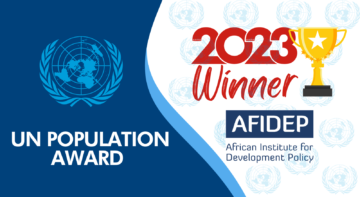Blogs

(Article published in The Lancet, Global Health, May 19, 2014).
Martha M Campbell a, John Casterline c, Federico Castillo a, Alisha Graves a, Thomas L Hall b, John F May d, Daniel Perlman a, Malcolm Potts a Email Address, J Joseph Speidel b, Julia Walsh a, Michael F Wehner a, Eliya Msiyaphazi Zulu
For many developing countries, investments in health have proved a great success. The Lancet Commission “Global health 2035: a world converging within a generation”1 and the 2014 Gates annual letter2 envision the possibility of a “grand convergence” by which more countries will have a child mortality rate as low as 15 per 1000 livebirths in 20 years time.
We wish to draw attention to the special case of the least developed countries, which on present evidence are likely to be excluded from such a convergence. To start a discussion we will focus on the Sahel (the 1 million square-mile semi-arid zone of Africa stretching from the Atlantic to the Red Sea) where the clash of uniquely rapid population growth and some of the harshest effects of climate change are likely to have the greatest overall effects on health.
The population projections shown in the figure are the UN Population Division’s medium variant. These projections could be exceeded unless much greater emphasis is given to family planning.
Even assuming rapid decreases in family size from the current average of 7·6, the population of Niger alone will grow from 16 million today to 58 million by 2050. This increase is indicative of the formidable population momentum in the Sahel. More than 40% of the population is younger than 15 years.
Related Posts





